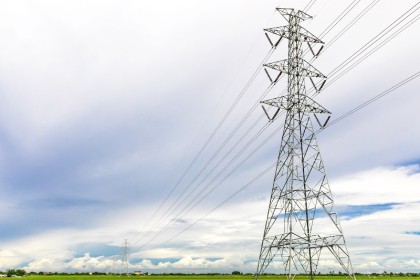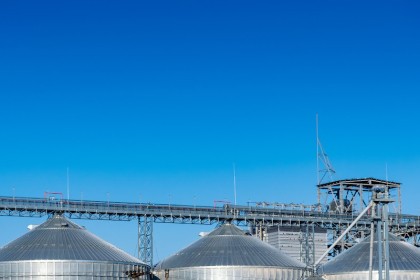
Treated Timber Poles on A Farm: Versatile and Sustainable Solutions
Timber poles, when properly treated, are valuable assets on a farm, serving a wide range of purposes that contribute to the smooth operation and sustainability of the agricultural enterprise. In this article, we explore the diverse uses of treated timber poles on a farm, their benefits, and how they play a pivotal role in modern farming practices.
Understanding Treated Timber Poles
Treated timber poles are wooden poles that have undergone a preservation process to protect them from decay, pests, and environmental damage. This treatment typically involves the application of preservatives to extend the poles' lifespan and make them suitable for outdoor use.
Versatile Uses on a Farm
- Fencing: Treated timber poles are commonly used to construct fences. They provide structural stability and serve as posts for wire, mesh, or wooden fencing. Properly treated poles are durable and resist decay, ensuring the longevity of farm fencing.
- Support Structures: Timber poles are essential for building support structures. They are used to create stable foundations for various farm constructions, such as barns, sheds, and storage facilities.
- Gates: Treated timber poles make robust gateposts for farm entrances and access points. They ensure that gates operate smoothly and securely.
- Livestock Housing: In the construction of livestock enclosures, treated timber poles are used to create stable frames and supports for shelters, stables, and pens.
- Crop Support: Timber poles are used as vertical supports for trellises, which aid the growth of climbing crops like grapes and beans. They also support protective netting and bird deterrents for orchards and vineyards.
- Water Infrastructure: Treated timber poles are used to build water infrastructure on the farm, such as wells, water tanks, and irrigation systems.
- Signage and Boundary Marking: Timber poles are often used to display signs, indicate boundaries, or mark specific areas on the farm.
Benefits of Treated Timber Poles on a Farm
- Durability: Properly treated timber poles have a longer lifespan and can withstand outdoor conditions, reducing the need for frequent replacement.
- Sustainability: Timber is a renewable resource, and treating poles extends their useful life, making them an environmentally friendly choice.
- Cost-Effective: Treated timber poles are a cost-effective choice for various applications on the farm, as they require minimal maintenance and replacement.
- Versatility: Timber poles can be adapted for different purposes, offering flexibility in farm infrastructure and construction.
- Stability: Timber poles provide stable and secure supports for various farm structures and enclosures.
- Aesthetic Appeal: Timber poles can be integrated into farm aesthetics and contribute to the overall visual appeal of the property.
Considerations for Treated Timber Poles
- Timber Type: The choice of timber species for poles should consider factors such as strength, decay resistance, and availability.
- Treatment Quality: Ensure that the timber poles are treated with approved preservatives to protect them from decay and pests.
- Proper Installation: Timber poles should be installed correctly, anchored securely, and maintained regularly to ensure their longevity.
In conclusion, treated timber poles are versatile and sustainable assets on a farm, serving a wide range of functions that contribute to the farm's efficiency and longevity. These poles provide stability, durability, and cost-effectiveness, making them invaluable tools in modern farming practices. By selecting the right timber species and maintaining them properly, farmers can harness the many benefits that treated timber poles offer for their agricultural operations.
For other agricultural products and services, click here.












